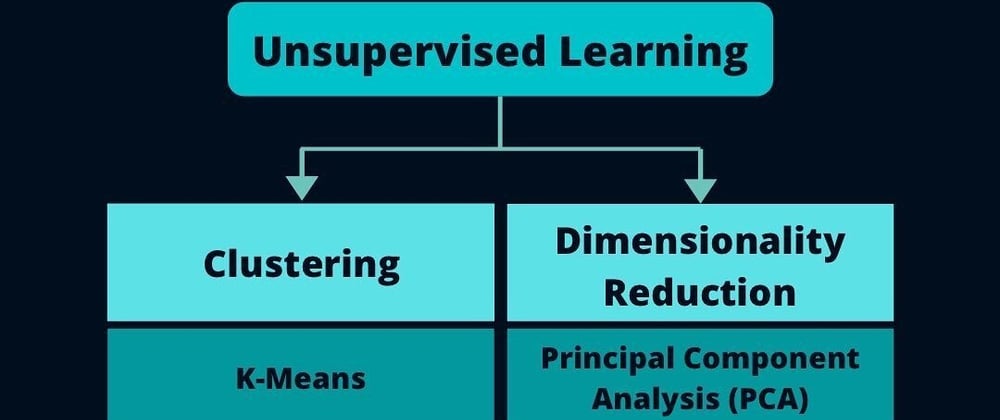Unsupervised Learning
Unsupervised learning is where only the input data is present and no corresponding output variable is there. Unsupervised learning has a lot of potential ranging anywhere from fraud detection to stock trading.
Unsupervised learning has two categories of algorithms:
Clustering: A clustering problem is where you want to discover the inherent groupings in the data, such as grouping customers by purchasing behavior.
Association: An association rule learning problem is where you want to discover rules that describe a large portion of your data.
Association rules mining are used to identify new and interesting insights between different objects in a set, frequent pattern in transactional data or any sort of relational database.
*Anomality detection
*Neural Networks
Clustering
Clustering is similar to classification, but the basis is different. In clustering, you don't know what you are looking for, and you are trying to identify some segments or clusters in your data.
Probabilistic Clustering – clustering your data points into clusters on a probabilistic scale.
These variations on the same fundamental concept might look something like this in code:
Import the KMeans package from Scikit Learn
from sklearn.cluster import KMeans
Grab the training data
x = os.path(‘train’)
Set the desired number of clusters
k = 5
Run the KMeans algorithm
kmeans = KMeans(n_clusters=k).fit(x)
Show the resulting labels
kmeans.labels_
Any clustering algorithm will typically output all of your data points and the respective clusters to which they belong. It’s up to you to decide what they mean and exactly what the algorithm has found.
Unsupervised learning is suitable for exploring unknown data. If you don’t know what you need to find, then this is the perfect method for you.
It’s quite costly to annotate large datasets. As a result, experts rely on a few examples to work on the problem.
Learn how to implement the following Machine learning Clustering models:
1.K-mean Clustering
2.Hierarchical Clustering
The main problem is how to use the right estimator for our problems?
You can use the https://scikit-learn.org/stable/tutorial/machine_learning_map/index.html map for your problem.
Happy coding!







Top comments (0)